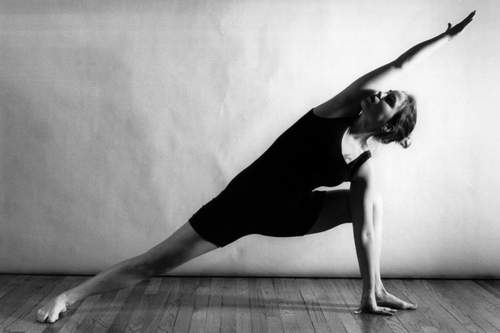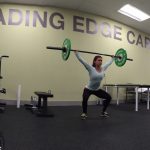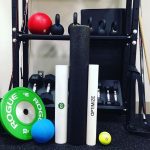‘Mobility’ has become a buzzword in the training and rehab world these days. Mobility work is increasingly more common, with more people using lacrosse balls for tissue work/massage than for playing lacrosse it seems. Recently, there has also been a huge influx of mobility classes, yoga tune-up classes, mobility seminars, mobility tools etc. This is definitely a shift in the right direction, as people are becoming more aware of the value of self-maintenance and mobility work. With simple tools like a foam roller, lacrosse ball, and softball, it is easier than ever to maintain your body…you just need to know how to get started and what areas to look for. There is no reason for someone to get stiffer and more restricted with age, as long as the maintenance work is put in. With ‘mobility’ becoming increasingly popular, it is important to understand why we are doing it, what the goals should be, and how much mobility we actually need to have:
First of all, let’s talk about what mobility means. Mobility is what a joint or joint system is capable of doing on its own without external influence. It is how much a joint and all of the various soft tissues around it are able to move. Mobility is not the same as flexibility (the ability of a muscle to reach a length or excursion), flexibility is just one component of mobility. Mobility means you are able to theoretically get your joints to move into end range positions (whatever those may be). It doesn’t necessarily mean you have the control or stability to get into these ranges of motion actively however. Either way, we all need a certain level of mobility in order to live healthy pain free lives and to move well.

So how much mobility should we have? Like most things, the answer is ‘It depends’. It depends on what our individual lives encompass. It depends on the positions we need our body to be able to achieve in our day to day lives while at home, work etc. It also depends on the sports, recreational activities, or hobbies that we do as individuals. Ultimately, we need enough mobility to allow us to achieve the positions that we ask our bodies to get in and out of. We need the RIGHT joints to be able to move freely enough to allow us to get in and out of each position that is needed in our lives, sports, activities etc. If we do not have enough mobility at the required joints to allow us to move into a specific position, but we do so anyways, we will be compensating by stealing more movement from another joint. This may be okay when it happens once in awhile, but it is NOT okay repetitively. If we repetitively compensate through neighboring joints because of missing mobility in another joint, this will eventually lead to wear and tear, arthritic changes, pain, injury, repetitive strains etc.

I will give you a few examples. An average person who does not participate in any sports or mobility demanding activities still must have the mobility required to do things like bend down to pick something up, squat to toilet or chair level, reach up into a high counter etc. They must also have the hip extension mobility just to be able to walk without compensating. I am ignoring their ability to control their joints while moving (stability), which is an entirely different story. On the contrary, someone who does Olympic weightlifting or gymnastics as a sport must have a high amount of ankle, hip, thoracic spine, and shoulder mobility just to achieve the desired positions required for the sport, which can be extreme. The same reasoning can be applied to anyone’s life when looking at their job, activities, or sports.

So is more mobility better? Yes and no. The more mobility we have, the more stability and control we need to have as well. Just adding mobility to a problem may actually worsen it, which is why we must know what we are trying to accomplish with mobility work. Again, it all depends. A power lifter would not want to be as mobile as a yogi, this would not make sense and would drastically hinder their performance and strength. Overall, we need to have enough mobility to do all of the things we need and want to do without having to compensate or strain other areas. We don’t need a huge excess of mobility if we do not necessarily require it. Do not just mobilize haphazardly…mobilize with a purpose in mind. Master your mobility.
– Mike






